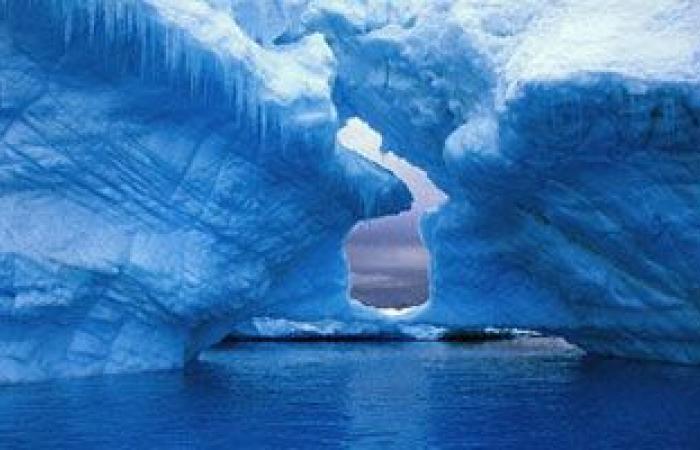Permafrost, which is land frozen for more than two years in a row, covers 30 million square kilometers of our planet, about half of which is in the Arctic, and it contains twice the carbon dioxide in the atmosphere and three times the emissions from human activities since 1850.
Temperatures in the Arctic are rising much faster than the rest of the world under the influence of climate change, by 2 to 3 degrees Celsius compared to pre-industrial levels, and the region has also recorded a series of abnormal weather conditions.
The permafrost itself experienced an average temperature rise of 0.4 degrees Celsius between 2007 and 2016, “which raises concerns about the rapid rate of melting and the potential for carbon release,” according to a study led by Kimberly Miner, a researcher at NASA’s Space Research Center. .
The study expects the loss of about 4 million square kilometers of permafrost by the year 2100, even if climate warming is curbed. Fires also play a role in this situation, according to the study, and these forest fires could increase by 130 percent to 350 percent by the middle of the current century. This results in more carbon being released from the permafrost.
An even more pressing threat now grips nearly 70 percent of roads, gas and oil pipelines, and cities and factories built on permafrost, according to another study led by Jan Heuert, a researcher at Finland’s University of Oulu. Russia faces a particular threat in this area, as nearly half of the oil and gas fields in the Russian Arctic are located in areas at risk of permafrost.
In 2020, a fuel tank collapsed when its foundations suddenly sank into the ground near Norilsk in Siberia, dumping 21,000 tons of diesel into nearby rivers.
In North America, roads and pipelines are also threatened. As the science on permafrost progresses, some questions remain unanswered, particularly about how much carbon can be released. Meiner and colleagues stress that “Earth system models often omit permafrost dynamics,” implying that the potential impact on climate warming is not sufficiently taken into account.
It is also unclear whether the thaw will increase the greenness of the Arctic, where plants will be able to absorb carbon dioxide emissions, or on the contrary, the area will become drier as the fires intensify. Scientists warn that greenhouse gases escaping from the permafrost threaten the goals of the Paris climate agreement.
Signatories to the deal pledged in 2015 to limit global warming to “well below” 2 degrees Celsius, 1.5 degrees if possible, compared to the pre-industrial era, in order to achieve carbon neutrality by around mid-century.
In order to achieve this, humanity must emit no more than 400 billion tons of carbon dioxide, according to recent findings by the Intergovernmental Panel on Climate Change. Given current emissions, the “carbon budget” is likely to be exhausted within a decade
These were the details of the news A dangerous threat coming from the North Pole .. What is... for this day. We hope that we have succeeded by giving you the full details and information. To follow all our news, you can subscribe to the alerts system or to one of our different systems to provide you with all that is new.
It is also worth noting that the original news has been published and is available at eg24.news and the editorial team at AlKhaleej Today has confirmed it and it has been modified, and it may have been completely transferred or quoted from it and you can read and follow this news from its main source.

